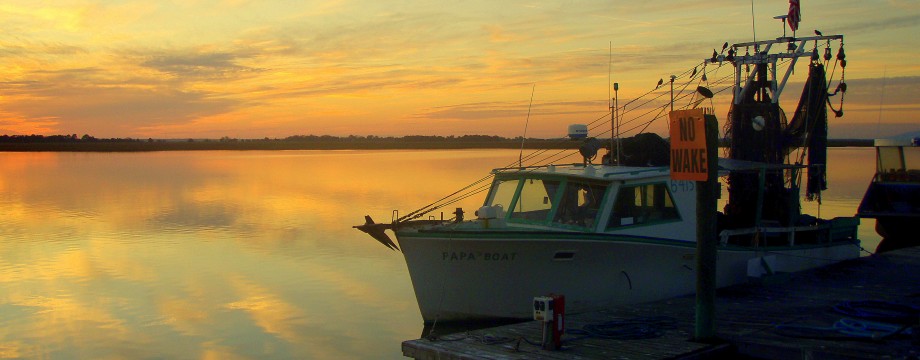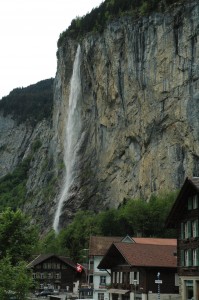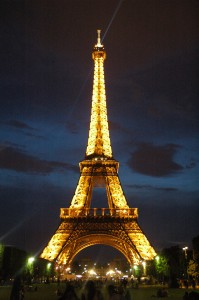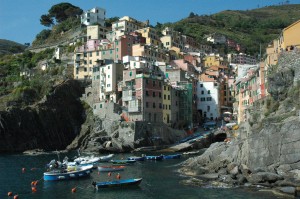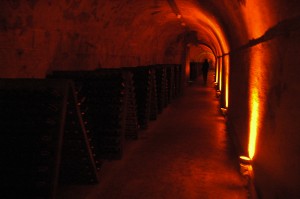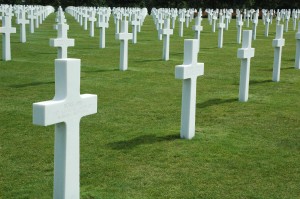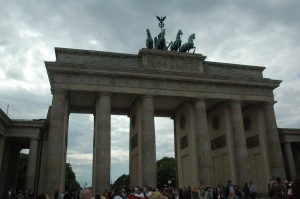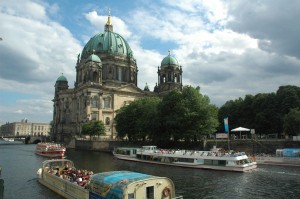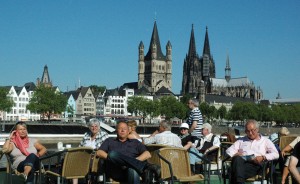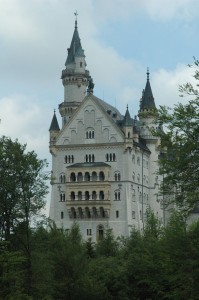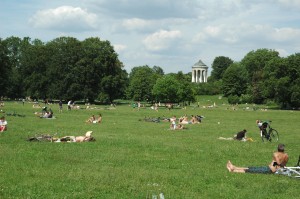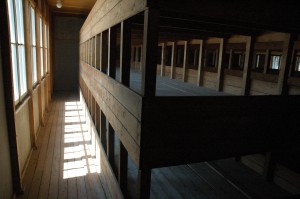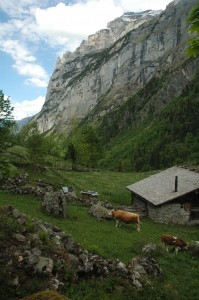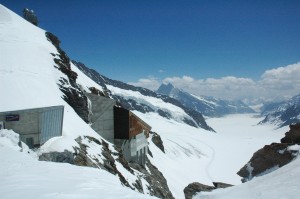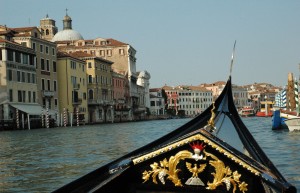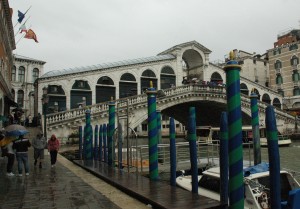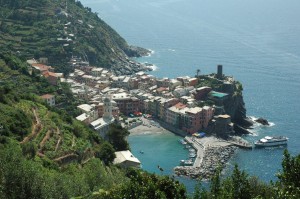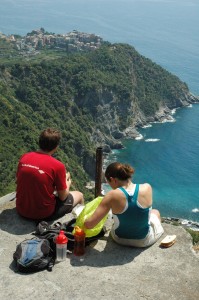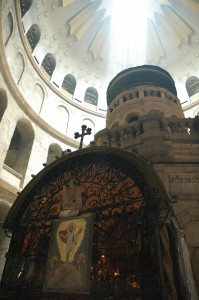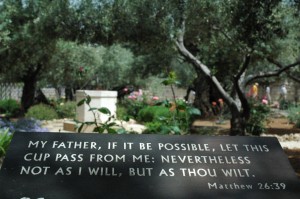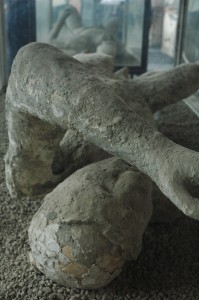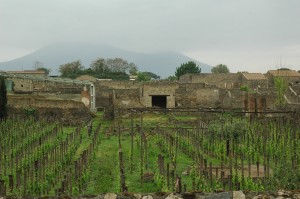England, Britain, Great Britain, United Kingdom … oh there’s a difference. Despite the obvious historical connection to America, those of us on this side of the pond often use these names interchangeably – even when they’re not.
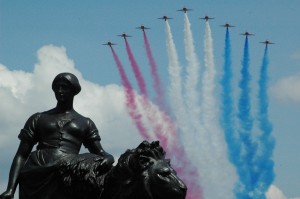
Royal Flyover
The all-encompassing United Kingdom, however, is a safe bet when struggling with locations within the British Isles. Including England, Wales, Scotland and Northern Ireland, the UK boasts a world of treasures for hungry visitors all found in our native tongue (sort of).
Through Welsh, Cornish and Scottish accents, among a myriad of other regional variations, English is the spoken language, and a sweet sound it is to travelers of foreign lands weary of charades and countless language barriers.
Many choose to begin their journey in this land in which America’s forefathers called home. It is a good choice for transitioning into European vacations and adjusting to surroundings in a new culture. It is, however, a fine way to end a journey as well. Strangers can easily be addressed and conversations stuck up at any pub, hotel lobby or street-side market.
Beyond the convenience of language, there are the sights which adorn history books and popular culture. London, of course, is also home to the English throne, and for now the Royal Family is larger than life, especially in a time where international media plays upon the romance of a fairy tale wedding and the welcoming of a new duchess. Palaces, chariots and pageantry easily fascinate those unaccustomed to such occurrences.
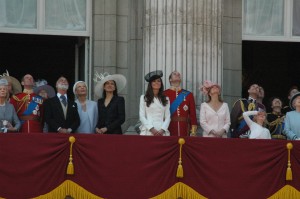
Royal Family
Speaking of unexpected events, check the local happenings when traveling to London, or any city for that matter. Upon our arrival in London, we stumbled upon the Royal Family celebrating the Queen’s birthday with the Trooping of the Colours. This annual ceremony sees selected regiments from throughout the kingdom marching past Buckingham Palace to salute the queen before a fly-over by the Royal Air Force.
Also to our surprise, we happened upon a parade of bicyclists traversing the downtown area in their birthday suits. Naked as Jaybirds, some 300 cyclists paraded down the main streets and thoroughfares of London wearing nothing but their sneakers, some did don helmets for safety’s sake of course, while others wore masks and body paint to hide their true identity.
No matter the hullabaloo thrust upon the city during your stay, descend upon the streets with a good pair of shoes and see the numerous sites making London famous. Most notably are of course Big Ben, Parliament, Westminster Abbey, Buckingham Palace, the London Eye, the Tower of London, St. Paul’s Cathedral, Tower Bridge and the reconstructed Globe Theatre, just to name a few. So, find a good map and set out on foot to conquer this city dissected by the Thames River, but budget wisely as the U.S. dollar stands weak against the British Pound Sterling.
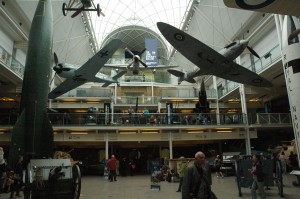
Imperial War Museum
Not far from Westminster Bridge, lies a museum slightly off the beaten path, popular but not to the level of other sites. Dedicated to the memory of those who have served the British Empire and the Allied Forces throughout various conflicts, The Imperial War Museum gives visitors a look at how war is waged. Catering to the senses of a predominately male audience, the brutality and horror of war is not glossed over in these exhibits as history is presented in living color.
Entrance to this spectacular display is free and don’t expect to find any replicas here, the lobby is filled with tanks, submarines, trucks and artillery pieces while fighter planes from both World Wars hang from the ceiling. All pieces in display are the real deal and most saw combat action. Service records are available for many pieces along with technical specifications. Further inside the museum are detailed records of World War I and II including interactive sections to give guests a feel of trench life or a London air raid.
Other halls include a graphic chronology of the Holocaust followed by the Extraordinary Heroes exhibition, a continually growing collection of British gallantry medals telling the stories of Great Britain’s greatest heroes. Give yourself plenty of time for this museum as it can easily take an entire day for history buffs to comb through the massive collection.
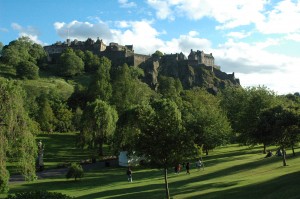
Edinburgh Castle
After exploring the city, head north toward Scotland, technically part of Great Britain, but stubbornly proud of its own national heritage. Traveling along the East Coast Railway, the English Channel glistens in the distance for nearly five hours occasionally revealing sleepy seaside towns and villages. Arriving in Edinburgh, this walkable city is a welcome relief to the pace and size of London. A daunting castle, monuments and spires crown the skyline of Scotland’s capital.
Two major cities make the itineraries of most tourists, Edinburgh to the east or Glasgow to the west. Edinburgh is full of old world charm, dark stone exteriors and narrow closes (alleys), where as Glasgow is said to be a center of culture and arts appealing often to a younger crowd with plenty of plays, shows and concerts to be had. A mutual disdain for the other can be found in residents of either city, always vying for attention and tourist dollars. If you have the time, try them both on for size and decide for yourself.
With only a few days to spend in Scotland, be sure to catch an excursion into the Highlands from either city. Moving by bus or motor coach into the gently rolling landscape, the medieval ruins of castles nestled among lochs and glens is a captivating sight. Along the way a distinctive breed of Highland Cow with long horns and flowing ginger hair mingles with sheep between villages.

Highland Cow
In this land of fairy tales, the original Gaelic leaves its mark where lochs are lakes and glens are valleys. The people here seem genuine and during the summer, they’re just happy it’s not winter. The food is hearty with menus consisting of meat and potatoes including the traditional haggis, a sausage of ground sheep intestines, which is a surprising delight to the senses. In the highlands, whiskey is king and here Scotch was born, so tour a distillery and sample the local product.
The UK is full of history and legend, once the seat of a mighty empire spanning across the globe. Today, an experience of refined airs can be felt among London’s royalty as well as still wild landscapes in the Highlands of Scotland. Whether the beginning or the end of a European Adventure, or somewhere in between, take time to see some of this island nation’s many offerings.

